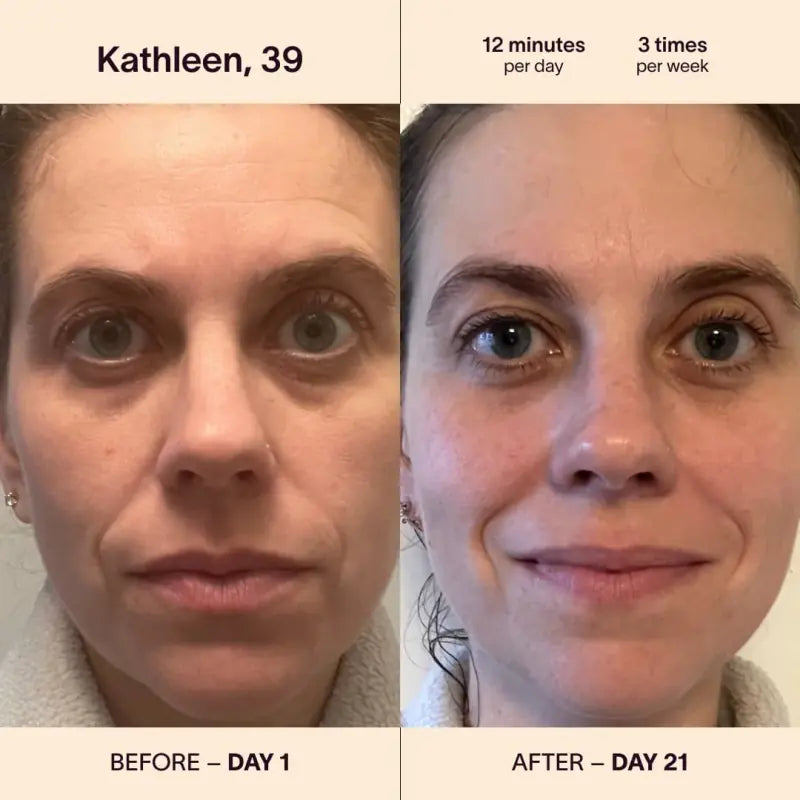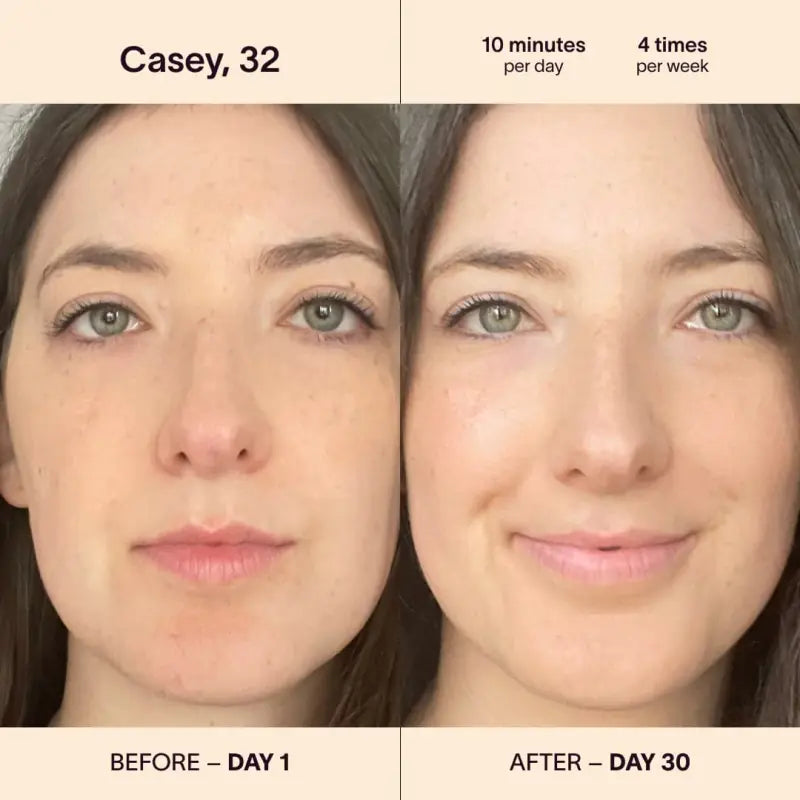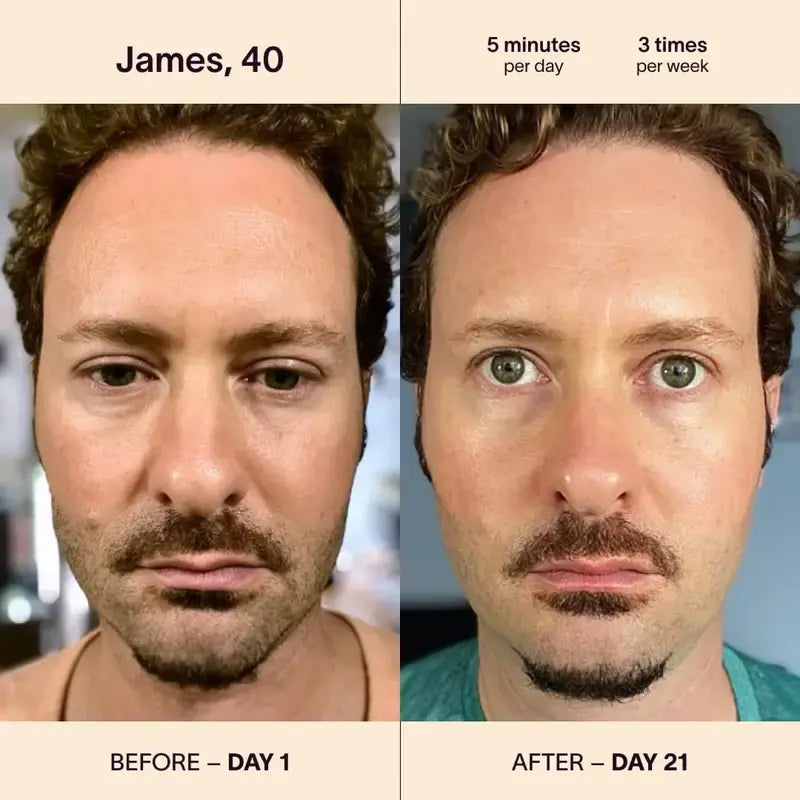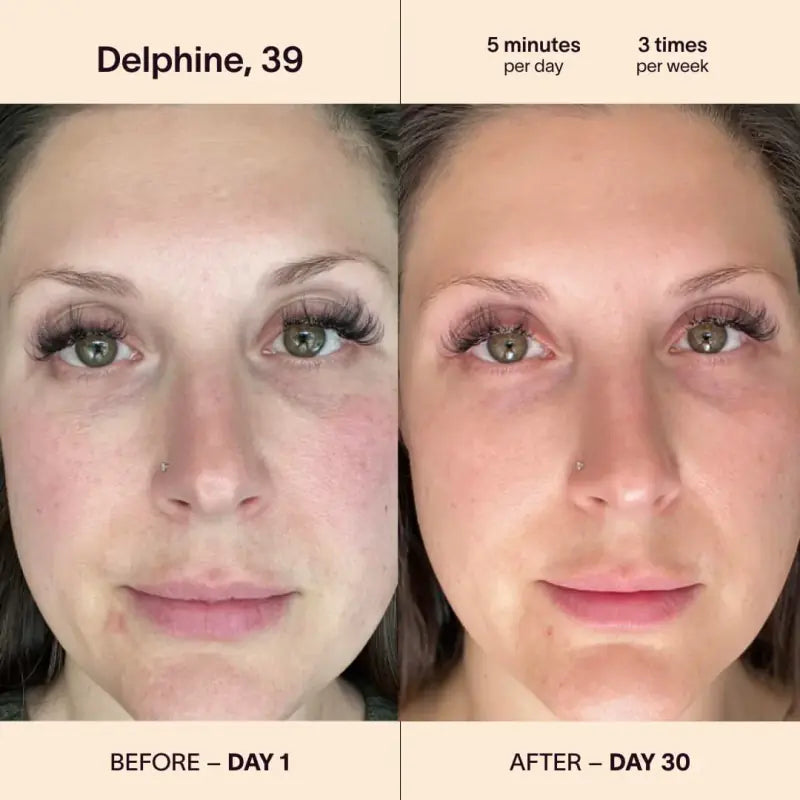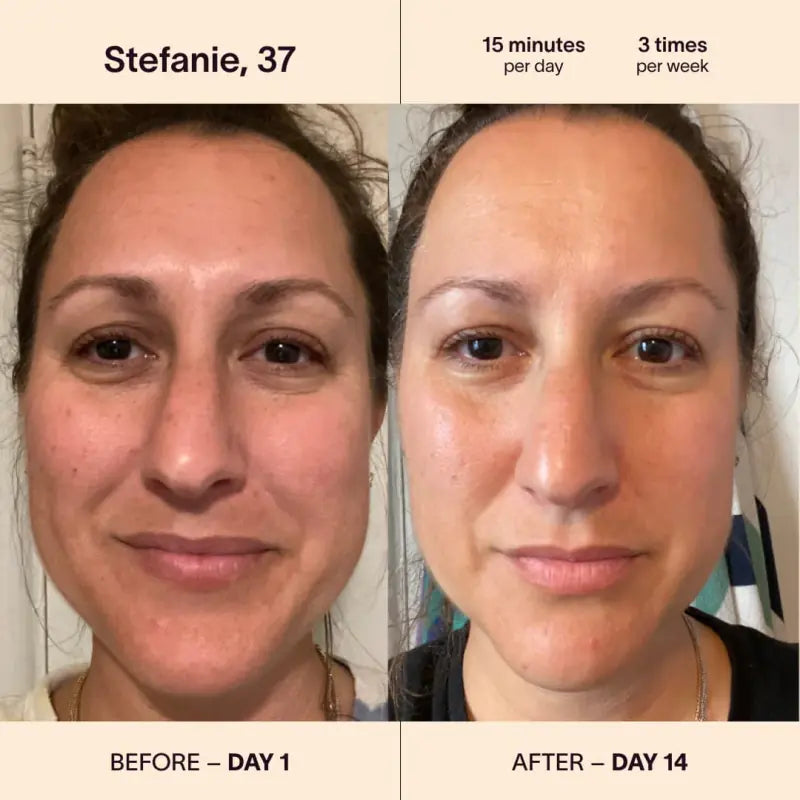Healthy skin is a reflection of overall wellness and plays a critical role in our lives. It serves as our first line of defense against harmful environmental elements. Unfortunately, many of us face the bothersome issue of dry skin. Dry skin can negatively impact both comfort and self-confidence, leaving the skin itchy, tight, or even visibly flaky.

Decoding Dry Skin
Causes of Dry Skin
Dry skin is a common problem that affects numerous individuals, often due to various contributing factors. Addressing these root causes can significantly enhance the management and prevention of the dryness and discomfort associated with this condition. Below are the typical reasons behind dry skin:
-
Environmental Factors: The impact of environmental conditions on the skin is profound. Cold, windy, and low-humidity weather can severely affect the skin’s natural protective barrier. During winter, the combination of cold outdoor air and dry indoor heating creates a harsh environment that strips moisture from the skin, leading to dryness, irritation, and flaking. Protecting the skin with appropriate clothing and using intensive moisturizers can help mitigate these effects and maintain skin hydration and health.
-
Indoor Heating and Cooling: The use of heating systems like central heating, wood-burning stoves, and space heaters, as well as air conditioning, can dramatically lower the humidity levels within indoor environments. This dry air can dehydrate the skin, causing symptoms such as itchiness, flakiness, and a feeling of tightness. Implementing the use of humidifiers in your home or office can be an effective solution to reintroduce moisture into the air, especially during the colder months, helping to maintain the skin’s moisture balance and overall comfort.
-
Personal Care Products: Many personal care products, including soaps, detergents, and shampoos, contain surfactants and harsh chemicals that can strip natural oils from the skin. This effect can be exacerbated by excessive use or by using products that are not suitable for one’s skin type. Opting for personal care items that are specifically designed for sensitive skin, which are moisturizing and free from harsh chemicals, can help preserve the skin’s essential oils and prevent drying.
-
Bathing Habits: Hot showers and baths are a known contributor to skin dryness. Although they may be momentarily comforting, they can remove the skin’s protective lipid barrier, which leads to increased moisture loss. To combat this, it is advisable to limit the duration of baths and showers and to reduce the water temperature. Applying a moisturizer immediately after bathing can also help seal in moisture and protect the skin barrier, reducing dryness and enhancing skin health.
-
Health Conditions: Certain health conditions such as eczema, psoriasis, hypothyroidism, and diabetes can predispose individuals to experiencing dry skin. These conditions impair the skin’s ability to retain moisture, making it more susceptible to dryness. Effective management of these health issues, in collaboration with healthcare professionals, can lead to significant improvements in skin hydration and reduce the incidence of dry skin.
Understanding and addressing these factors are crucial in keeping your skin healthy and hydrated. By taking proactive steps such as adjusting your home environment, choosing suitable personal care products, modifying bathing habits, and managing health conditions, you can help prevent and alleviate the symptoms of dry skin.
Conventional Treatments
Typically, over-the-counter creams and ointments, along with lifestyle adjustments, can provide relief. However, not everyone finds sufficient relief from these conventional methods. That’s where innovative solutions like
red light therapy at home can come into play.
The Power of Red Light Therapy
The Science Behind It
The science of the method is fascinating. When red or near-infrared light penetrates the skin layers, it stimulates cellular activity. It primarily affects the mitochondria, the powerhouse of a cell, enhancing its ability to produce energy and potentially promoting healing and regeneration.
Red Light Therapy and Dry Skin
Why Use Red Light Therapy for Skin?
When targeted toward dry skin,
red light therapy at home for the face can bring promising results. It enhances circulation, promotes collagen production, and aids in maintaining the skin’s natural moisture balance. These cumulative effects can lead to healthier, plumper, and more hydrated skin.
Evidence of Efficacy
Scientific studies have shown promising results regarding the use of such an approach for dry skin conditions. One study even demonstrated how 30 days of treatment significantly improved skin complexion and feelings of hydration, smoothness, and firmness.

Your Guide to Home Red Light Therapy
Unraveling the Tech
Understanding how to select and utilize an at-home device like a
red light therapy wand involves a deep dive into the technology that powers it. These devices are specifically designed to emit light at wavelengths ranging from 630 to 880 nanometers. This range is crucial because it targets the biological processes in the skin cells that respond to light, promoting healing and rejuvenation. The effectiveness of a device also depends on its power density, which determines how much energy is being delivered to the skin. The right combination of wavelength and power density ensures that the light penetrates the skin effectively, triggering the desired therapeutic effects.
Personalizing Treatment
When employing red light therapy at home, personalizing the treatment to suit individual skin types and conditions is essential for achieving the best results. For example, skin that is excessively dry or shows signs of aging may benefit from more frequent or longer treatment sessions compared to younger or mildly dry skin. This customization allows the therapy to more effectively stimulate collagen production, enhance skin elasticity, and
reduce the appearance of fine lines and wrinkles. Understanding how to adjust the device settings according to personal needs can greatly enhance the effectiveness of the treatment. Users should consider their specific skin concerns and goals when setting up their therapy sessions, possibly experimenting with different durations and frequencies to find what works best for their skin's unique characteristics.
Time and Commitment
Achieving the best outcomes with red light therapy requires a commitment to consistent use over some time—usually weeks if not months. For those looking to integrate this therapy into a busy lifestyle, establishing a routine can be highly beneficial. Incorporating the therapy into your daily schedule, perhaps during morning routines or just before bedtime, can help ensure it becomes a regular part of your day. Consistency is key in any skin care regimen but is especially crucial with light therapy, where the cumulative effects of regular, repeated exposure are what produce visible results. Users should be prepared for a gradual improvement rather than immediate changes, with patience and perseverance being vital components of the process.
Safety and Contraindications
While red light therapy at-home devices are typically safe, there are important safety considerations and contraindications to keep in mind. Individuals with certain health conditions, those who are pregnant, or anyone taking medications that increase sensitivity to light should exercise caution. It is crucial to consult with a healthcare provider before beginning treatment with red light therapy to avoid any potential risks and to ensure the therapy is appropriate for your health status. It's important to follow all manufacturer guidelines and use the device as directed to avoid any adverse effects.
Setting the Right Routine
Understanding how to seamlessly integrate this technology into your daily routine can significantly enhance your skin's appearance and health. Here's a guide on beginning your red light therapy journey at home:
-
Starting Your Red Light Therapy Journey: First, ensure that the device, such as a red light face wand, is positioned correctly, usually 6 to 18 inches away from your skin. The exposure time is typically between 5 to 15 minutes, depending on the device's specifications and the treatment area. This process should be repeated several times a week, and it is crucial to follow the manufacturer’s instructions to achieve the best results. The key is consistency; regular use can help improve skin tone, reduce signs of aging, and increase collagen production.
-
Choosing the Right Device: When selecting a red light therapy device, it's essential to consider the specific needs of your skin and the convenience of the treatment. Devices range from handheld red light therapy wands, ideal for targeting small areas or specific skin issues, to larger panels or full-face masks that provide a more comprehensive treatment covering the entire face or body parts. Each type has its benefits, and your choice should depend on your goals, the area of focus, and how you prefer to incorporate the treatment into your routine. It's advisable to look for devices with medical-grade LEDs and to verify their FDA approval to ensure safety and efficacy.
-
Complementing Your Existing Regimen: To maximize the benefits of at-home red light therapy, integrate it into your existing skincare regimen rather than replacing your current products. After a red light therapy session, applying moisturizers or serums can further enhance hydration and the overall effectiveness of your skincare products. The light treatment can increase cell function and aid in deeper absorption of topical products, making them more effective.
Incorporating red light therapy into your daily routine can be a game changer for your skincare. By understanding how to start, selecting the right device, and effectively complementing your existing regimen, you can unlock the full potential of this innovative technology and enjoy healthier, more radiant skin.

Investing in Red Light Therapy
Evaluating Device Quality and Safety
Evaluating the device's quality and safety is crucial when considering the purchase of red light therapy at-home devices. It's important to delve into the device's quality and safety aspects to make an informed decision. One effective way to assess a device is by reading product reviews and ratings from other customers. These insights can provide valuable information about the device's performance, durability, and user experience.
In addition to reviews, it's essential to ensure that the device delivers the appropriate wavelength and power density for effective red light therapy. Different wavelengths have varying effects on the body, so choosing a device that offers the desired wavelengths is important. Moreover, checking for necessary safety certifications is crucial to ensure that the device meets industry standards and has undergone rigorous testing for user safety.
Considerations Before Purchase
Before making a purchase of the best at-home red light therapy device for your needs, several considerations should be taken into account. Each aspect should be carefully evaluated to find a device that best fits your personal needs and preferences:
-
Cost: When assessing the cost of a red light therapy device, it's important to determine whether it offers good value for the money. Devices vary widely in price, and a higher cost does not always guarantee superior quality. Consider the device’s features, durability, and warranty about its price. Budgeting appropriately allows you to invest in a device that not only fits your financial constraints but also delivers the expected therapeutic benefits without compromising on quality.
-
Ease of Use: A user-friendly red light therapy device enhances your therapy experience by making it simpler to use regularly. Look for devices that are easy to set up, operate, and maintain. Features such as programmable settings, automatic shut-off, and easy-to-read instructions contribute to a hassle-free operation. The more straightforward the device, the more likely you are to use it consistently, which is key to achieving the best therapeutic outcomes.
-
After-Sales Service: Reliable after-sales service is essential when investing in red light therapy devices. Good customer support can greatly influence your satisfaction with the purchase. It’s important to choose a manufacturer or retailer that offers comprehensive support, including accessible customer service, warranty coverage, and helpful troubleshooting resources. This support can prove invaluable in resolving any issues that arise with the device, ensuring that it remains a beneficial part of your health regimen.
Considering these factors in detail will help you select an at-home red light therapy device that not only meets your therapeutic needs but also offers ease of use and reliable after-sales support, therefore enhancing your overall therapy experience.
Embracing red light therapy as part of your skincare regimen offers a modern solution to the age-old problem of dry skin. The benefits of this therapy are not only deep-reaching but are also supported by scientific research, indicating significant improvements in skin hydration, texture, and overall health. By integrating this technology at home, you can enjoy the dual advantages of convenience and effectiveness. Regular and personalized use of red light therapy can transform your skin by boosting collagen production, enhancing elasticity, and reducing the visibility of fine lines. The ease of integrating red light therapy with existing skincare routines makes it a practical addition for those looking to elevate their skincare game. Ultimately, investing in a quality red light therapy device, and committing to consistent treatment, can yield visible improvements, leaving your skin rejuvenated, healthier, and more resilient against the common challenges of dryness and aging.









